Customs Clearance Completed: A Comprehensive Guide to Understanding the Process
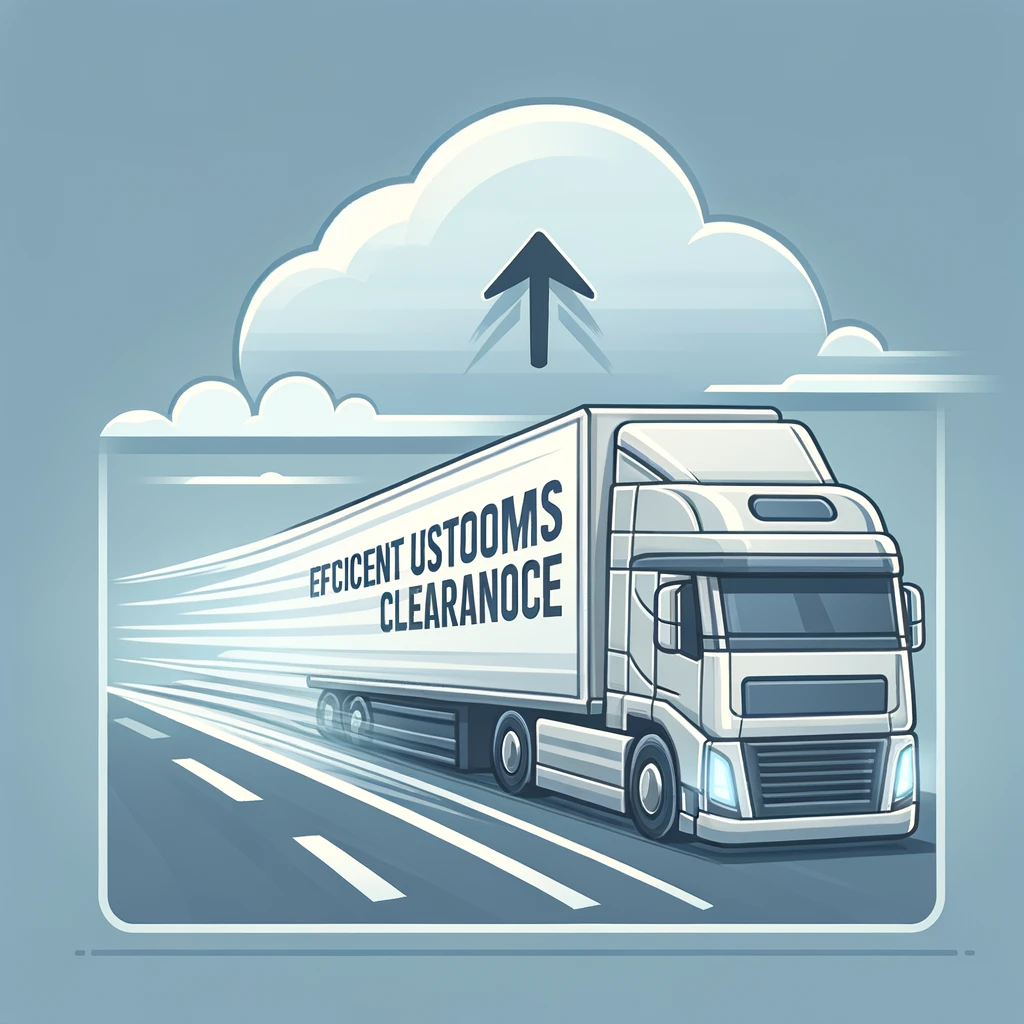
What is Customs Clearance?
Before we dive into the completion of customs clearance, let’s first understand what customs clearance actually is. Customs clearance is the process by which goods are allowed to enter or leave a country by customs authorities. This process ensures that all import and export regulations are followed, appropriate duties and taxes are paid, and prohibited items are not crossing borders.
The Customs Clearance Process
The journey to “customs clearance completed” involves several steps:
- Arrival at the Port of Entry: Your shipment arrives at the designated port, airport, or border crossing.
- Documentation Submission: The importer or their agent submits necessary documents, including:
- Commercial Invoice
- Packing List
- Bill of Lading or Airway Bill
- Certificate of Origin
- Import License (if required)
- Customs Declaration: A formal declaration is made to customs, detailing the nature, quantity, and value of the goods.
- Document Review: Customs officers review the submitted documents for accuracy and completeness.
- Physical Inspection: Some shipments may undergo physical inspection to verify the contents match the declaration.
- Duty and Tax Assessment: If applicable, customs calculates and collects any import duties and taxes.
- Clearance Decision: Based on the review and inspection, customs decides whether to clear the goods.
Customs Clearance Completed: What It Means
When you see the status “customs clearance completed,” it signifies that your shipment has successfully passed through all the above steps. This means:
- All required documents have been reviewed and accepted.
- Any necessary inspections have been conducted.
- All applicable duties and taxes have been paid.
- The goods have been approved for entry into the country.
Essentially, “customs clearance completed” is your green light that the shipment is now free to continue its journey to the final destination.
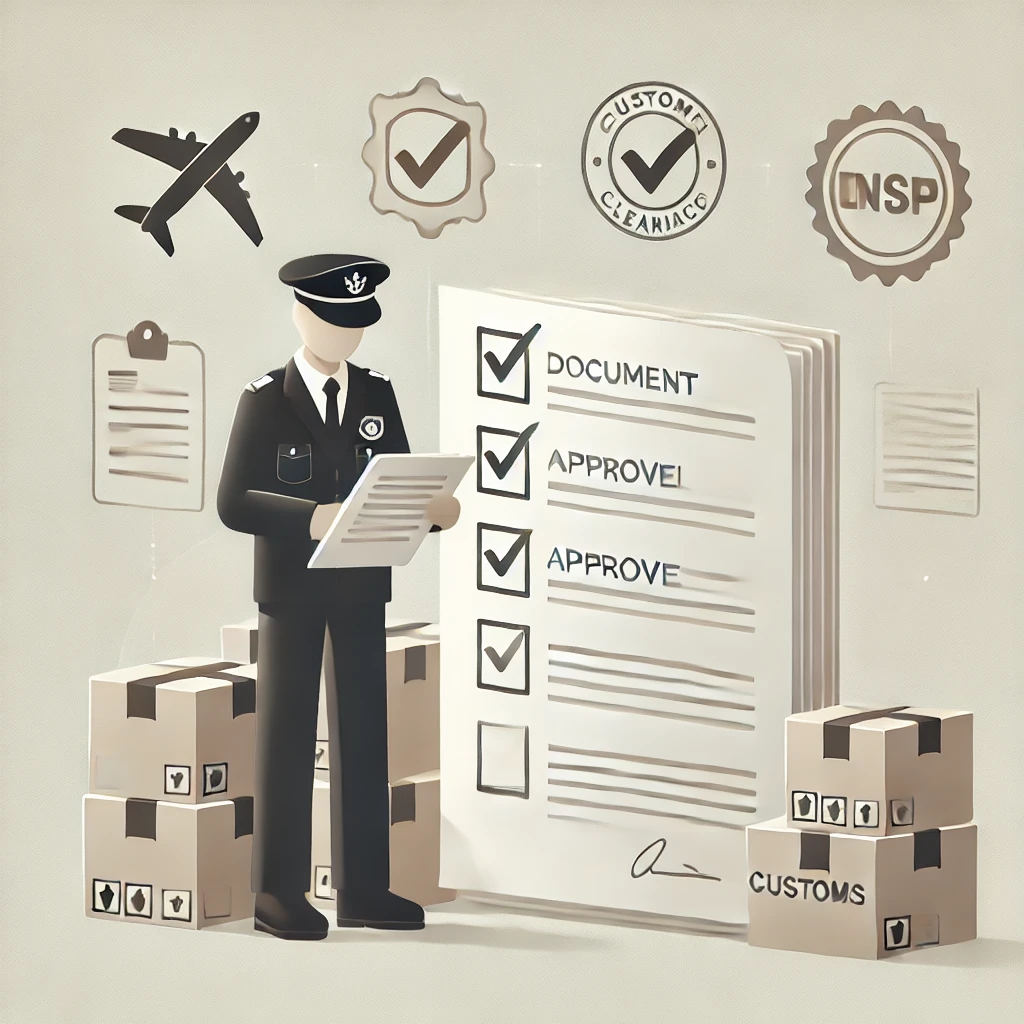
What Happens After Customs Clearance is Completed?
Once customs clearance is completed, several things happen:
- Release of Goods: The shipment is released from customs custody.
- Transportation Arrangement: The goods are prepared for the next leg of their journey, whether that’s to a warehouse, distribution center, or directly to the recipient.
- Final Delivery: The shipment moves towards its final destination.
- Tracking Update: The tracking information is updated to reflect that customs clearance is completed, allowing the recipient to prepare for delivery.
Factors Affecting Customs Clearance Time
The time it takes to reach “customs clearance completed” can vary widely. Several factors influence this:
- Completeness and Accuracy of Documentation: Incorrect or missing documents can lead to delays.
- Nature of Goods: Some products require more scrutiny or special permits.
- Volume of Incoming Shipments: High-traffic periods can slow down processing times.
- Customs Staffing and Resources: Available personnel and technology affect processing speed.
- Country-Specific Regulations: Different countries have varying procedures and requirements.
What Happens After Customs Clearance is Completed?
Once customs clearance is completed, several things happen:
- Release of Goods: The shipment is released from customs custody.
- Transportation Arrangement: The goods are prepared for the next leg of their journey, whether that’s to a warehouse, distribution center, or directly to the recipient.
- Final Delivery: The shipment moves towards its final destination.
- Tracking Update: The tracking information is updated to reflect that customs clearance is completed, allowing the recipient to prepare for delivery.
How Long Does Customs Clearance Take?
One of the most common questions is, “How long does customs clearance take?” The answer can vary significantly:
- For air freight, customs clearance can take anywhere from a few hours to several days.
- For sea freight, the process typically takes 3-5 days, but can extend to weeks in some cases.
- Express courier services often achieve customs clearance within 24 hours for most shipments.
Remember, these are general estimates. The actual time to reach “customs clearance completed” status depends on the factors mentioned earlier.
Common Issues That Delay Customs Clearance
Several issues can prevent or delay the “customs clearance completed” status:
- Incomplete or Inaccurate Documentation: This is the most common cause of delays.
- Prohibited or Restricted Items: Attempting to import restricted goods without proper permits.
- Undervaluation of Goods: Declaring a lower value to reduce duties can lead to scrutiny and delays.
- Lack of Proper Licenses or Permits: Some goods require special import licenses.
- Customs Holds: Random checks or suspicions about the shipment can result in holds.
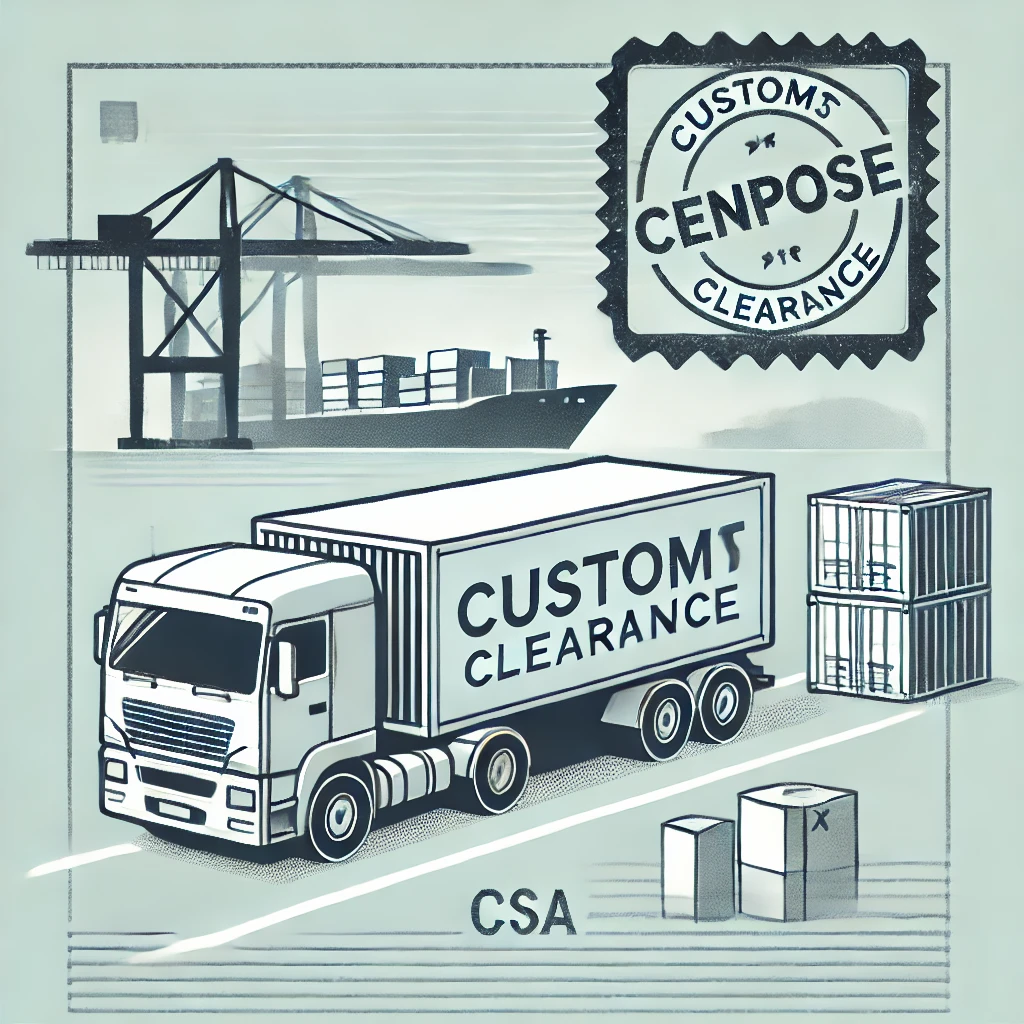
How to Expedite Customs Clearance
To increase the chances of a swift “customs clearance completed” status:
- Ensure Accurate Documentation: Double-check all paperwork for accuracy and completeness.
- Know the Regulations: Familiarize yourself with import regulations of the destination country.
- Use a Customs Broker: Professional brokers can navigate the process more efficiently.
- Pre-clear Your Shipment: Some countries offer pre-clearance options for faster processing.
- Respond Promptly: If customs requests additional information, respond as quickly as possible.
Customs Clearance Fees and Charges
Understanding the costs associated with reaching “customs clearance completed” is crucial:
- Import Duties: Taxes levied on imported goods, varying by product type and country.
- Customs Processing Fees: Administrative charges for handling the clearance process.
- Inspection Fees: Charges for physical inspections of goods.
- Storage Fees: If goods are held in customs for extended periods.
- Broker Fees: Charges for using a customs broker’s services.
The Role of Technology in Customs Clearance
Modern technology is streamlining the path to “customs clearance completed”:
- Electronic Data Interchange (EDI): Allows for faster submission and processing of customs documents.
- Automated Risk Assessment Systems: Help customs officials quickly identify high-risk shipments for inspection.
- Blockchain: Some countries are exploring blockchain for more secure and efficient customs processes.
- AI and Machine Learning: These technologies are being used to predict processing times and identify potential issues before they cause delays.
Customs Clearance for Different Modes of Transport
The journey to “customs clearance completed” can differ based on the mode of transport:
Air Freight
- Generally faster due to the nature of air transport.
- Often uses pre-arrival processing to expedite clearance.
Sea Freight
- Typically takes longer due to the volume of goods and longer transit times.
- May involve more complex documentation due to the larger shipment sizes.
Road Transport
- Common for cross-border trade in regions like Europe or North America.
- Often involves transit through multiple customs checkpoints.
Rail Freight
- Growing in popularity, especially for Eurasian trade.
- May involve unique customs procedures at rail border crossings.
Customs Clearance in Different Countries
While the basic process is similar, reaching “customs clearance completed” status can vary significantly between countries:
United States
- Uses the Automated Commercial Environment (ACE) system for document submission.
- Offers programs like C-TPAT for expedited clearance for trusted traders.
European Union
- Operates under the Union Customs Code (UCC).
- Allows for centralized clearance across member states.
China
- Has been rapidly modernizing its customs processes.
- Operates a “single window” system for trade facilitation.
Japan
- Known for its efficient customs processes.
- Offers a simplified customs clearance system for low-value shipments.
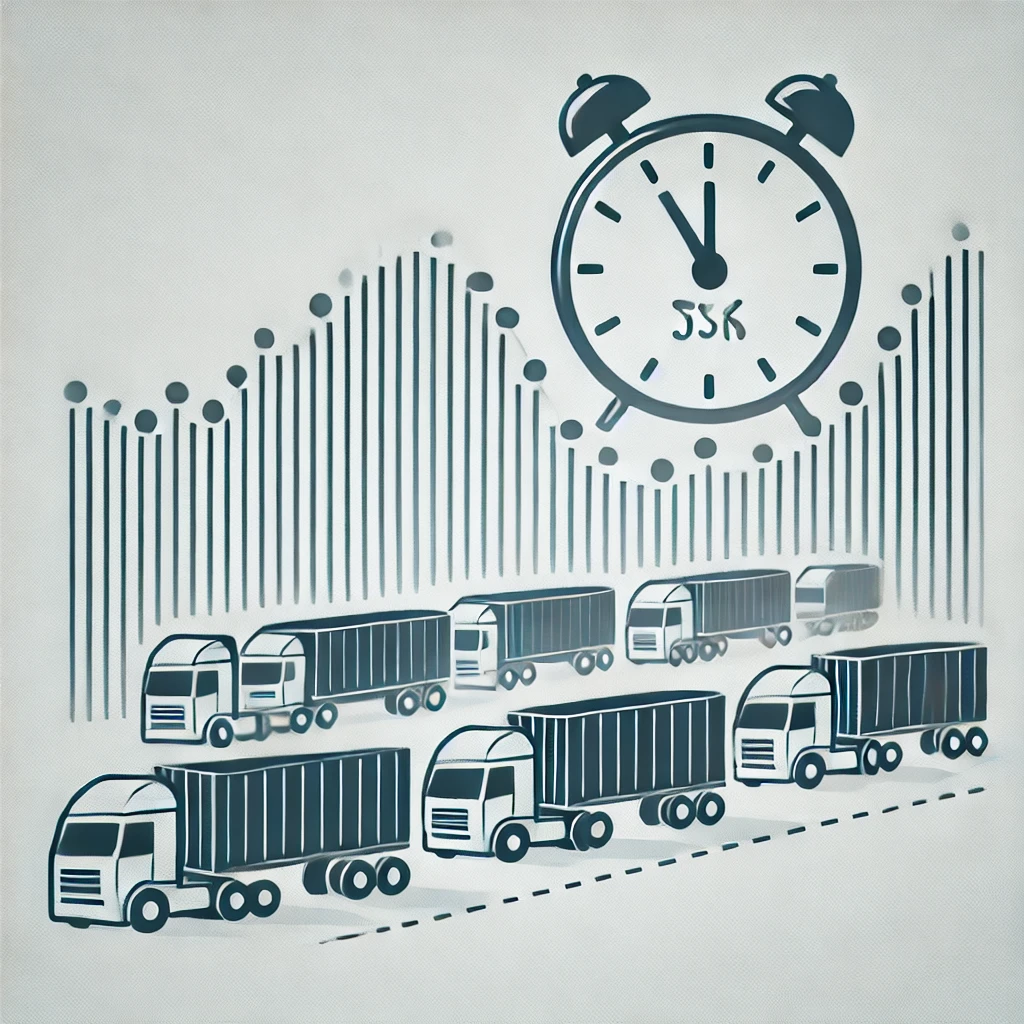
The Impact of Trade Agreements on Customs Clearance
Trade agreements can significantly affect the customs clearance process:
- They may reduce or eliminate duties on certain goods.
- They often simplify documentation requirements.
- Some agreements introduce trusted trader programs for faster clearance.
Examples include NAFTA (now USMCA) in North America, and the various free trade agreements of the EU.
Customs Clearance for Personal vs. Commercial Shipments
The path to “customs clearance completed” differs for personal and commercial shipments:
Personal Shipments
- Often have duty-free allowances.
- May use simplified declaration processes.
- Typically face less scrutiny unless high-value or restricted items are involved.
Commercial Shipments
- Require more detailed documentation.
- Often involve payment of duties and taxes.
- May be subject to more rigorous inspections.
The Future of Customs Clearance
As global trade continues to evolve, so too will the process of achieving “customs clearance completed” status:
- Increased use of AI and predictive analytics to streamline processes.
- Greater harmonization of customs procedures across countries.
- More emphasis on security while balancing the need for efficiency.
- Potential for “touchless” customs clearance for low-risk, trusted shippers.
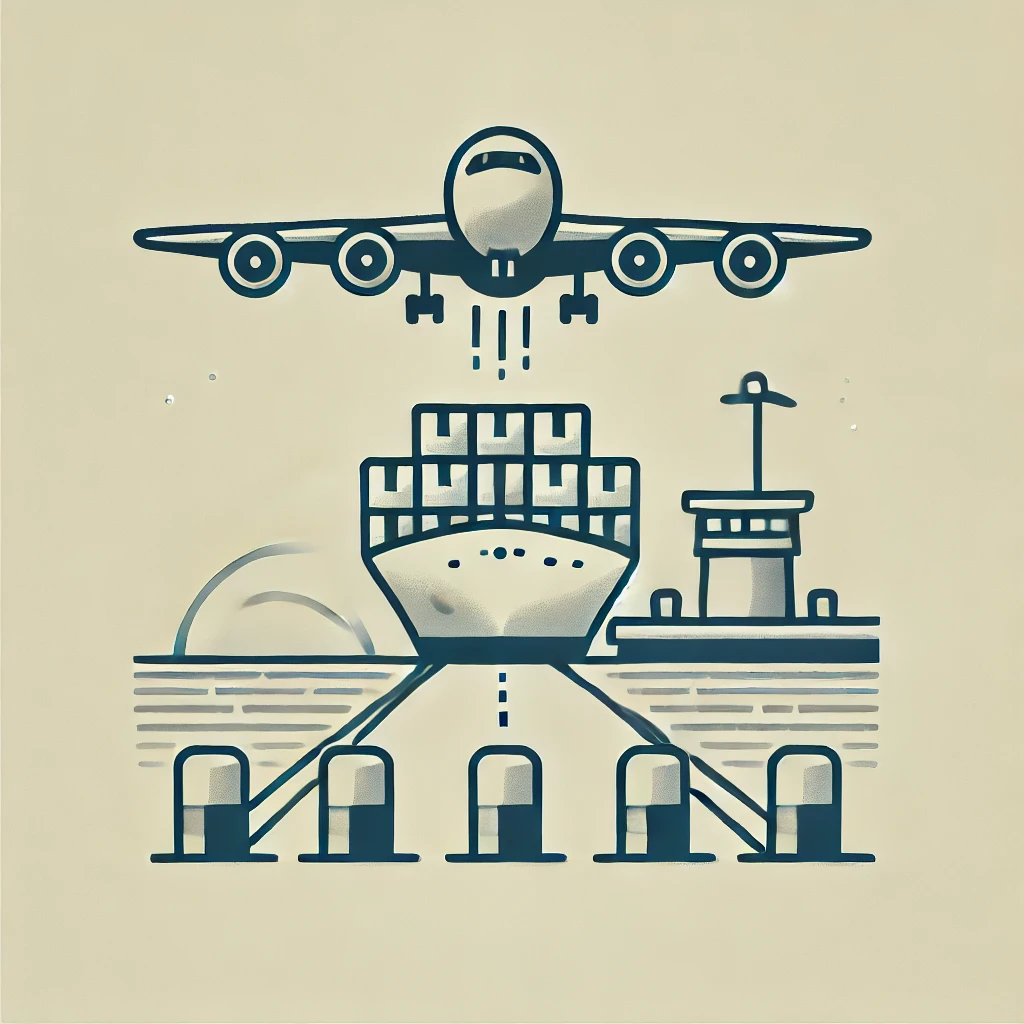
Conclusion: Mastering the Path to "Customs Clearance Completed"
Understanding the journey to “customs clearance completed” is crucial for anyone involved in international trade. By grasping the process, potential pitfalls, and strategies for smooth clearance, you can minimize delays and ensure your shipments move as efficiently as possible through customs.
Remember, while seeing “customs clearance completed” is a significant milestone, it’s part of a larger logistics journey. Staying informed about customs procedures, keeping abreast of regulatory changes, and working with experienced partners can help ensure your international shipments consistently achieve timely customs clearance.
Whether you’re an individual receiving a package from abroad or a business engaged in global trade, the knowledge of how customs clearance works empowers you to navigate the complexities of international shipping with confidence.
